The ceremony will take place on 16 May 2019 at the Miriam and Adolfo Smolarz Auditorium on the Tel Aviv University campus as part of the 2019 international Board of Governors Meeting.
The George S. Wise Medal:
 Dr. Axel A. Weber, Germany
Dr. Axel A. Weber, Germany
Dr. Axel Weber has been Chairman of the Board of Directors of UBS, a Swiss bank and the world’s largest global wealth manager, since 2012. Previously, he served as a member of the Governing Council of the European Central Bank, President of the German Bundesbank, and as a member of the German Council of Economic Experts. He was a professor at the University of Cologne (2001-2004), Goethe University of Frankfurt/Main (1998-2001) and University of Bonn (1994-1998), and a Visiting Professor at the Booth School of Business, University of Chicago (2011-2012). A leading financial expert, Dr. Weber serves in a diverse range of advisory and trustee roles, including as Chairman of the Board of the Institute of International Finance, member of the Group of Thirty, and board member of the Swiss Bankers Association. He holds a PhD in Economics from the University of Siegen, Germany.
Honorary Doctorates:
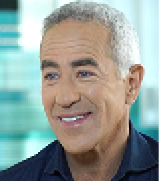 Mr. Sylvan Adams, Israel/Canada
Mr. Sylvan Adams, Israel/Canada
Sylvan Adams, a Canadian-born businessman, philanthropist and amateur cycling champion, made Aliyah in 2016. He previously served as CEO of the Montreal-based real estate firm Iberville Developments, and was the sole shareholder of Summit International Bank. Upon immigrating to Israel, Adams quickly integrated and devoted himself to serving his country; his calling card reads: “Self-appointed Ambassador at large for the State of Israel.” Adams supports an array of causes, most notably in education, health sciences, Jewish continuity, and sport, continuing the philanthropic legacy of his parents, Marcel and Annie, and the family tradition to make a positive contribution to society. Adams holds an MBA from the University of Toronto. He is a Governor and Vice-Chair of Tel Aviv University’s Board of Governors, and a member of the cabinet of TAU’s Global Campaign.
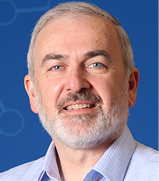 Prof. Adrian R. Krainer, USA/Uruguay
Prof. Adrian R. Krainer, USA/Uruguay
Adrian Krainer is the St. Giles Foundation Professor at Cold Spring Harbor Laboratory (Long Island, NY). He grew up in Montevideo, Uruguay, the child and grandchild of Jewish Romanian and Hungarian immigrants. He received his BSc and PhD degrees in biochemistry from Columbia University and Harvard University, respectively. Prof. Krainer focuses his research on RNA splicing, and invented the RNA-targeted antisense therapeutic Spinraza, the first approved drug to treat the neurodegenerative disease spinal muscular atrophy. Prof. Krainer has published widely and holds 7 US patents and 83 foreign patents that have been licensed or sublicensed to 3 companies. He is the recipient of the 2019 Life Sciences Breakthrough Prize and the 2019 RNA Society Lifetime Achievement Award. Prof. Krainer is a fellow of the American Academy of Arts & Sciences, the National Academy of Inventors (USA), and the Royal Society of Medicine (UK).
 Dr. Shlomo Markel, Israel
Dr. Shlomo Markel, Israel
Dr. Shlomo Markel has been Vice President, Office of the Chief Technical Officer, at Broadcom since 2001. Dr. Markel also oversees both the operations in Israel, where Broadcom has acquired 13 companies in the last decade, and academic collaboration with all the major Israeli universities; and promotes STEM education in cooperation with the Ministry of Education. In 1999, he retired at the rank of Rear Admiral from the Israeli Navy as Chief of Material Command, where he headed R&D, logistics, programs and technology. The holder of several US and international patents, Dr. Markel has received numerous accolades, including the Navy CNO Citation for Creative Thinking, Israel’s R&D Ministry of Defense Ingenuity Award and, in 2013, national recognition from the President of Israel for his and Broadcom’s contribution to the Israeli economy. Dr. Markel holds a BSc, MSc and DSc in electrical engineering from the Technion–Israel Institute of Technology.
 Dr. Ngozi Okonjo-Iweala, Nigeria
Dr. Ngozi Okonjo-Iweala, Nigeria
Economist, international development expert and anti-corruption warrior, Dr. Ngozi Okonjo-Iweala was the first woman to serve as Nigeria’s Minister of Finance (2003-2006 and 2011-2015) and as Minister of Foreign Affairs (2006). Previously, she served for 25 years at the World Bank, rising to the number two position of Managing Director, where she oversaw an $81 billion operational portfolio in Africa, Asia and Europe. Among a host of leadership and advisory roles, she currently chairs the boards of the Global Alliance for Vaccines and Immunization and the Africa Risk Capacity. She co-chairs the Global Commission for the Economy and Climate and is a member of the Standard Chartered Bank PLC and Twitter Boards, among others. Dr. Okonjo-Iweala holds a degree in economics from Harvard (1976) and a PhD in regional economics and development from MIT (1981). She was named by Fortune magazine as one of the 50 greatest world leaders in 2015, and by Forbes as one of the world’s most powerful women for five consecutive years.
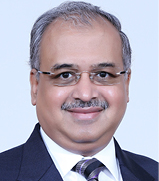 Mr. Dilip Shanghvi, India
Mr. Dilip Shanghvi, India
Dilip Shanghvi is an Indian entrepreneur who founded Sun Pharmaceutical Industries in 1983. The company is the 5th largest global specialty generic pharma company with revenues of $4 billion. Mr. Shanghvi is currently the Managing Director of Sun Pharmaceutical Industries, and Chairman and Managing Director of Sun Pharma Advanced Research Company, which is engaged in R&D of drugs and delivery systems. Mr. Shanghvi is the former President of Indian Pharmaceutical Alliance. In 2018, he was appointed to the central board committee of the Reserve Bank of India, and in 2017 he was made a trustee of the Rhodes Scholarship Program at Oxford University. He is the Chairman of the Board of Governors of the Indian Institute of Technology, Bombay. For his accomplishments, the Indian government awarded Mr. Shanghvi the Padma Shri civilian award in 2016.
 The Hon. Laura Wolfson Townsley, UK
The Hon. Laura Wolfson Townsley, UK
The Honorable Laura Wolfson Townsley is Chair of the Wolfson Family Charitable Trust and a Trustee of the Wolfson Foundation, both of which have a long tradition of funding excellence in higher education across the UK and Israel. She is the granddaughter of Sir Isaac Wolfson and the daughter of Lord Wolfson of Marylebone, the charities’ founders. In 2010, the Wolfson family was awarded the Prince of Wales Medal for Arts Philanthropy and, in 2013, the Carnegie Medal of Philanthropy. Mrs. Wolfson Townsley has received numerous honors for her charitable endeavors, including an honorary fellowship from Birkbeck, University of London and the Rambam Award for 2011, and she is a Tel Aviv University Governor. The Wolfson family has supported an extensive range of projects at Tel Aviv University over four decades, including buildings, research grants, prizes, scholarships and chairs in fields ranging from engineering to Jewish studies and theoretical physics.
 Dr. Janet L. Yellen, USA
Dr. Janet L. Yellen, USA
Dr. Janet Yellen is an economist who served as Chair of the Board of Governors of the US Federal Reserve System from 2014-18, and as Vice-Chair from 2010-2014. She is a Distinguished Fellow in Residence with the Economic Studies Program at the Brookings Institution. Among her prior roles, she was Chair of the White House Council of Economic Advisers under President Bill Clinton, and President and CEO of the Federal Reserve Bank of San Francisco. Dr. Yellen has been a faculty member of the University of California at Berkeley since 1980, where she was the Eugene and Catherine Trefethen Professor of Business and Professor of Economics. A member of the Council on Foreign Relations and the American Academy of Arts and Sciences, she has written on a wide range of macroeconomic issues, with an emphasis on the causes, mechanisms and implications of unemployment. She received her PhD in economics from Yale University in 1971, the only woman in a class of 24.
Honorary Fellowships:
 Mr. Richard Sincere, USA
Mr. Richard Sincere, USA
Richard Sincere is founder, Chairman of the Board and Chief Executive Officer of Sincere & Co., a third-party marketing and distribution firm in the financial investment industry. He previously worked at the Fidelity Investment Advisor Group as a Senior Vice President and in management positions at National Westminster Bank and Citicorp/Citibank. He has been a Director of the Certified Financial Planners Board of Standards since 2010 and also serves on the mutual fund board of Roge Partners Fund. Mr. Sincere writes a bimonthly column for the National Association of Personal Financial Advisors publication, and serves on the advisory boards of The Journal of Wealth Management and Inside Money. At Tel Aviv University, he is a member of the international Board of Governors and of the board of the Coller School of Management, as well as outgoing National Chairman of the American Friends Board of Directors. His connection with TAU began when he spent a study year abroad in its overseas program in 1974.
 Appleseeds Academy, Israel
Appleseeds Academy, Israel
Appleseeds Academy is an Israeli non-profit founded in 2000 with the aim of bridging between Israel’s startup sector and marginalized communities from Israel’s social and geographic periphery. An initiative of Mr. Leon Recanati, who serves as its Honorary President, Appleseeds promotes digital equality in Israel by developing and implementing programs in the areas of technology, employment and life skills. Through its team of 250 professional instructors, Appleseeds works in dozens of sites across Israel, from Kiryat Shmona in the north to Eilat in the south, reaching some 80,000 beneficiaries annually. Its overarching mission is to level the playing field for underprivileged groups by equipping them with technological and life skills that will help them integrate into Israel’s mainstream employment market, economy and society.
***
TAU President’s Award:
 SpaceIL
SpaceIL
SpaceIL is a non-profit organization established in 2011 to land the first Israeli spacecraft on the Moon. The $100 million project was founded by three young engineers in response to the Google Lunar XPRIZE challenge and made possible by several private donors. SpaceIL’s launch of ‘Beresheet’ took place in February 2019 and while, its moon landing was unsuccessful, it made Israel the seventh country to orbit the Moon and is the first privately funded spacecraft to achieve this milestone.
Yariv Bash: Bash is a TAU electrical & electronic engineering alumnus, and CEO and co-founder of Flytrex Aviation, which provides autonomous drone delivery solutions.
Yonatan Winetraub: A TAU master’s alumnus in electrical engineering and a graduate of the NASA International Space University, Winetraub gained experience in space technologies as a satellite system engineer for Israeli Aerospace Industries.
Kfir Damari: An entrepreneur, engineer, researcher and lecturer, is a communication systems engineering graduate of Ben Gurion University of the Negev, and is co-founder of Tabookey, a cyber security startup.
 Yehuda Naftali planting a tree at the inauguration ceremony
Yehuda Naftali planting a tree at the inauguration ceremony
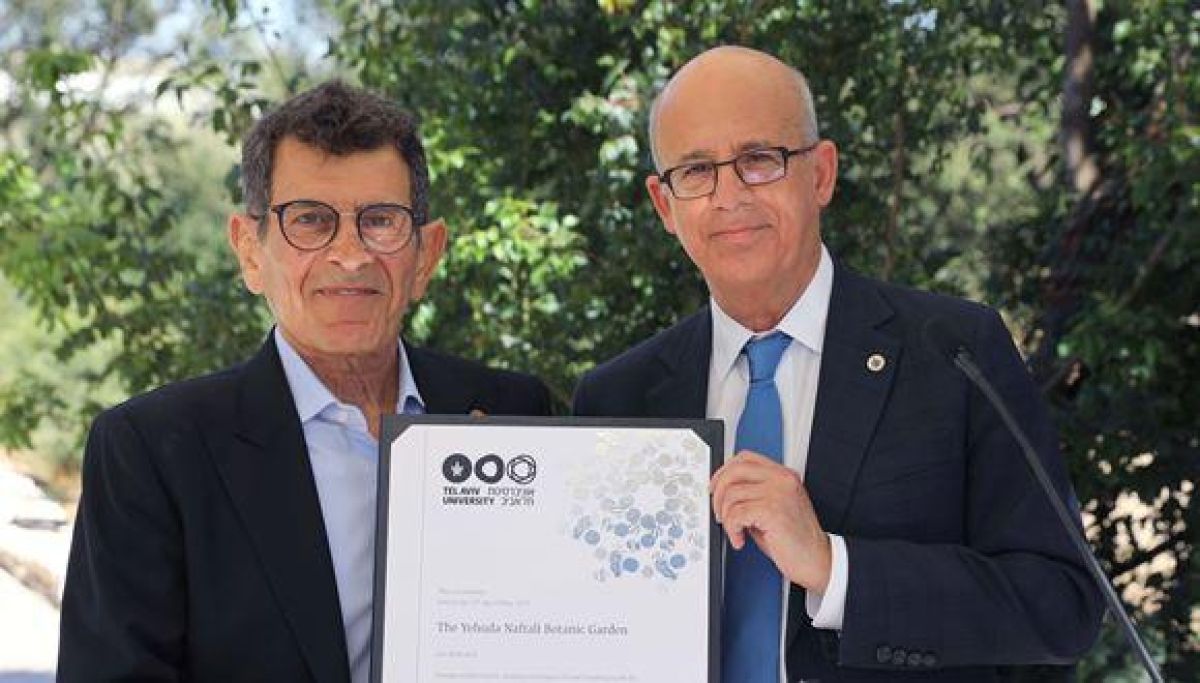



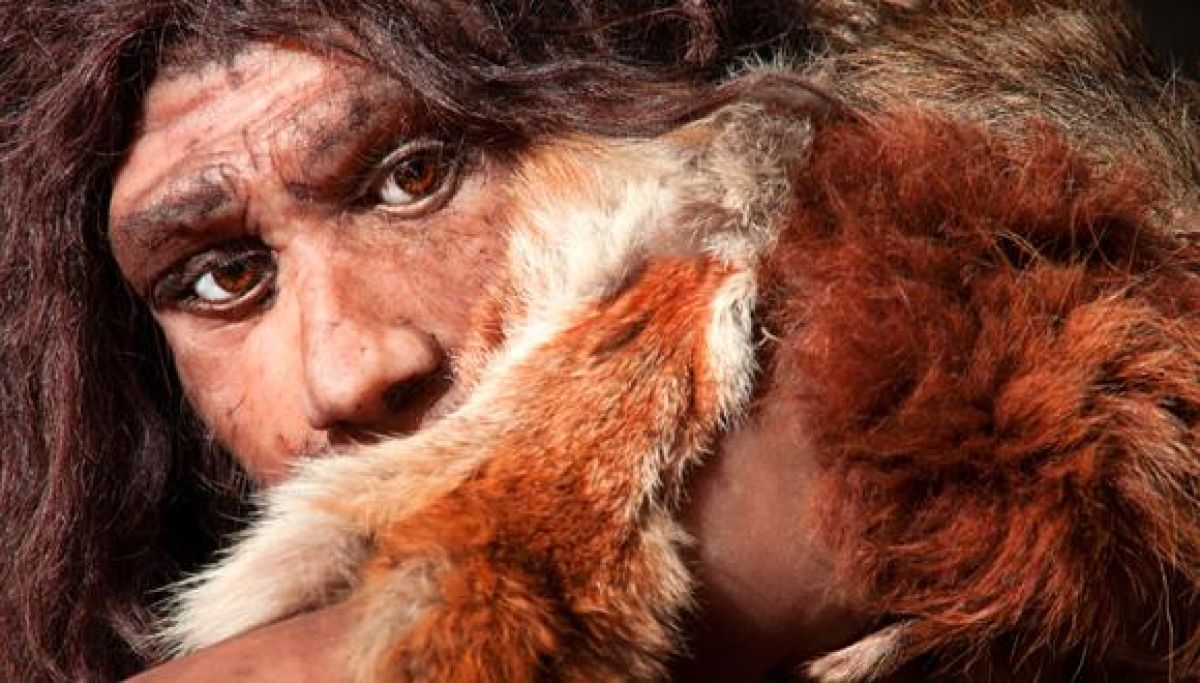




 Dr. Axel A. Weber, Germany
Dr. Axel A. Weber, Germany  Mr. Sylvan Adams, Israel/Canada
Mr. Sylvan Adams, Israel/Canada  Prof. Adrian R. Krainer, USA/Uruguay
Prof. Adrian R. Krainer, USA/Uruguay  Dr. Shlomo Markel, Israel
Dr. Shlomo Markel, Israel  Dr. Ngozi Okonjo-Iweala, Nigeria
Dr. Ngozi Okonjo-Iweala, Nigeria  Mr. Dilip Shanghvi, India
Mr. Dilip Shanghvi, India  The Hon. Laura Wolfson Townsley, UK
The Hon. Laura Wolfson Townsley, UK  Dr. Janet L. Yellen, USA
Dr. Janet L. Yellen, USA  Mr. Richard Sincere, USA
Mr. Richard Sincere, USA  Appleseeds Academy, Israel
Appleseeds Academy, Israel  SpaceIL
SpaceIL 

